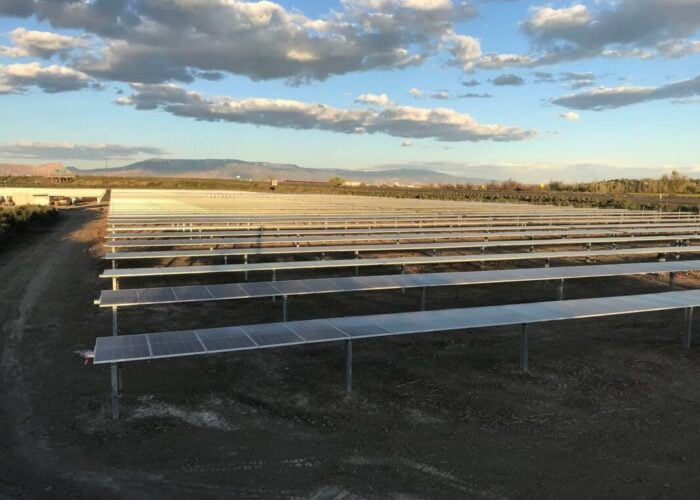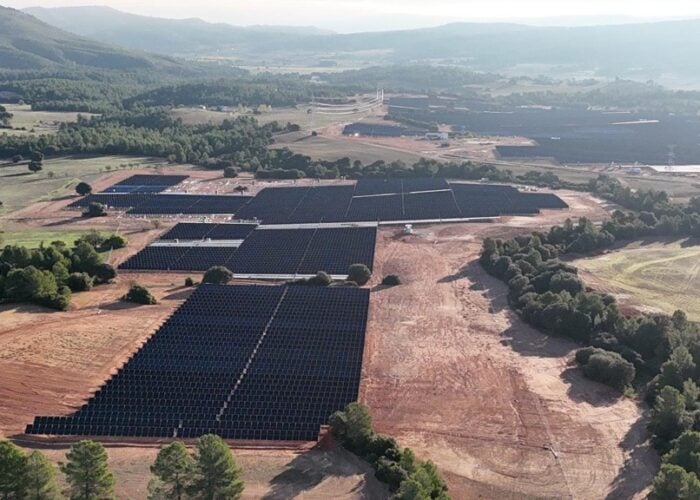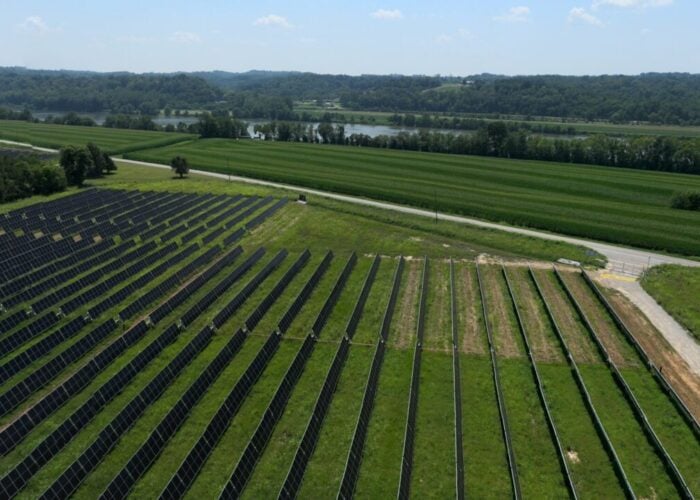
Spanish utility Iberdrola has commissioned the 316MW Ciudad Rodrigo solar project in Salamanca, Spain, the company’s second solar plant in the province.
The project accounts for over one-third of the company’s operational solar capacity in the provinces of Palencia, Burgos and Salamanca – each part of the Castilla y León autonomous community – which now stands at 890MW.
Try Premium for just $1
- Full premium access for the first month at only $1
- Converts to an annual rate after 30 days unless cancelled
- Cancel anytime during the trial period
Premium Benefits
- Expert industry analysis and interviews
- Digital access to PV Tech Power journal
- Exclusive event discounts
Or get the full Premium subscription right away
Or continue reading this article for free
Iberdrola highlighted a number of local and environmental benefits associated with the project’s commissioning, including working with several local suppliers and engineering companies, and restoring Habitats of Community Interest (HCI) near the project to protect local wildlife.
The news follows Iberdrola’s acquisition of a 12.6MW project in Spain last month, and the sale of its Mexican power business for US$4.2 billion, as it looks to divert resources to its electricity transmission networks in the US and UK.
Iberdrola invested US$232.9 million into the Ciudad Rodrigo project alongside Norwegian sovereign wealth fund Norges Bank, and the investment is part of a US$2.3 billion co-investment initiative between the two parties. This collaboration invested in its first renewable energy project, the 50MW Peñarrubia PV plant in Murcia, in October 2024.
Iberdrola’s support of these projects follows record-breaking levels of investment in 2024, when the utility invested US$14 billion, and increased its operational solar capacity by 31% year-on-year.
These investment trends come as many solar investors reallocate capital to Europe from the US following last year’s election of Donald Trump to the US presidency. Figures from Bloomberg New Energy Finance (BloombergNEF) show that Europe saw a 63% increase in solar investment between the second half of 2024 and the first half of 2025, while investment in US solar projects fell over the same period.






